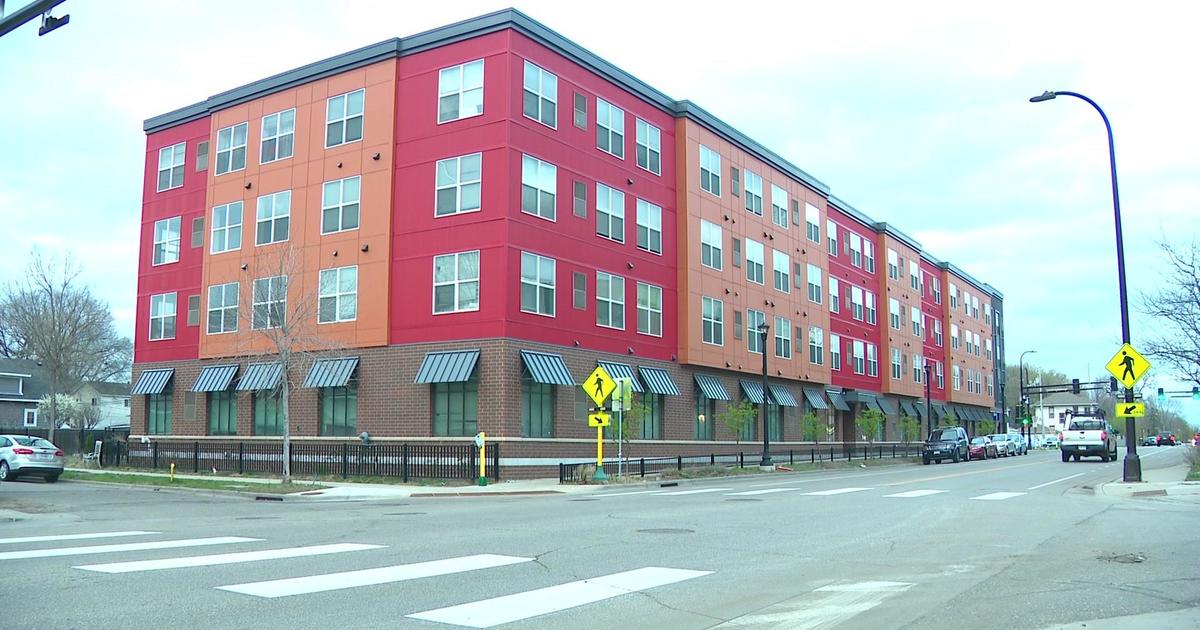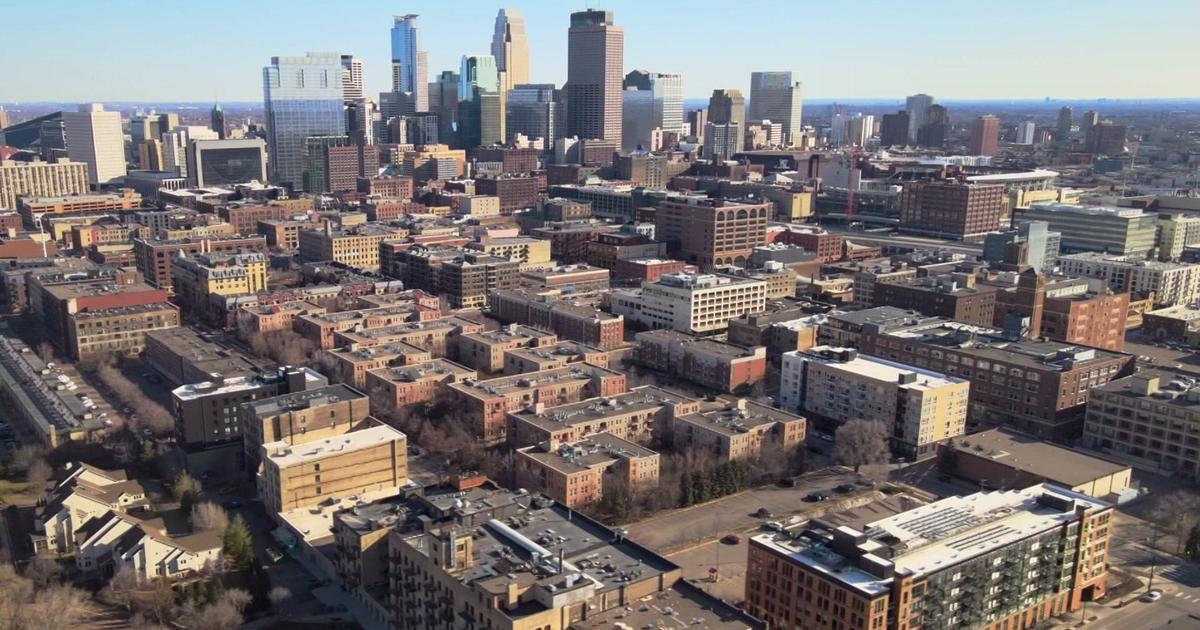Good Question: How Should Drivers Handle Potholes?
MINNEAPOLIS (WCCO) -- Signs of spring in Minnesota are blossoming into big holes in the pavement.
Long deep freezes followed by quick thaws are the perfect ingredients for what one road official is calling a "killer pothole season."
A pothole doesn't need to be deep or enormous to cause damage to a tire or a car's suspension system.
Rich Fellers, managing partner at Firestone Complete Auto Care in Minneapolis, says the cost of repairs could run several hundred dollars.
"It doesn't need to be a huge pothole, it can be something that they just hit just right," Fellers said.
The best way to avoid damage is to avoid the pothole. But if that's not possible, Fellers has a few recommendations for his customers.
1. Don't tailgate. Keep your distance from the person in front of you so you can better spot potholes, especially those covered in water.
2. Don't speed up.
3. Hold the steering wheel tightly to prevent the pothole from sending the car or pulling the car to the other side of the road.
4. Slow down as much as you can, but don't brake over the pothole.
"You don't want to be on the brakes when you're hitting that pothole because your suspension is already compressed when you're hitting the brakes," Fellers said. "You want that to take the impact of the pothole itself and you don't want that suspension to be compressed from breaking, shifting the weight of the vehicle."
Finally, Fellers says one way to help prevent damage is to make sure your tires have proper air pressure to best absorb the impact.
This time of year, tires tend to be underinflated. You can generally find the proper air-pressure numbers on the inside of your car door.



